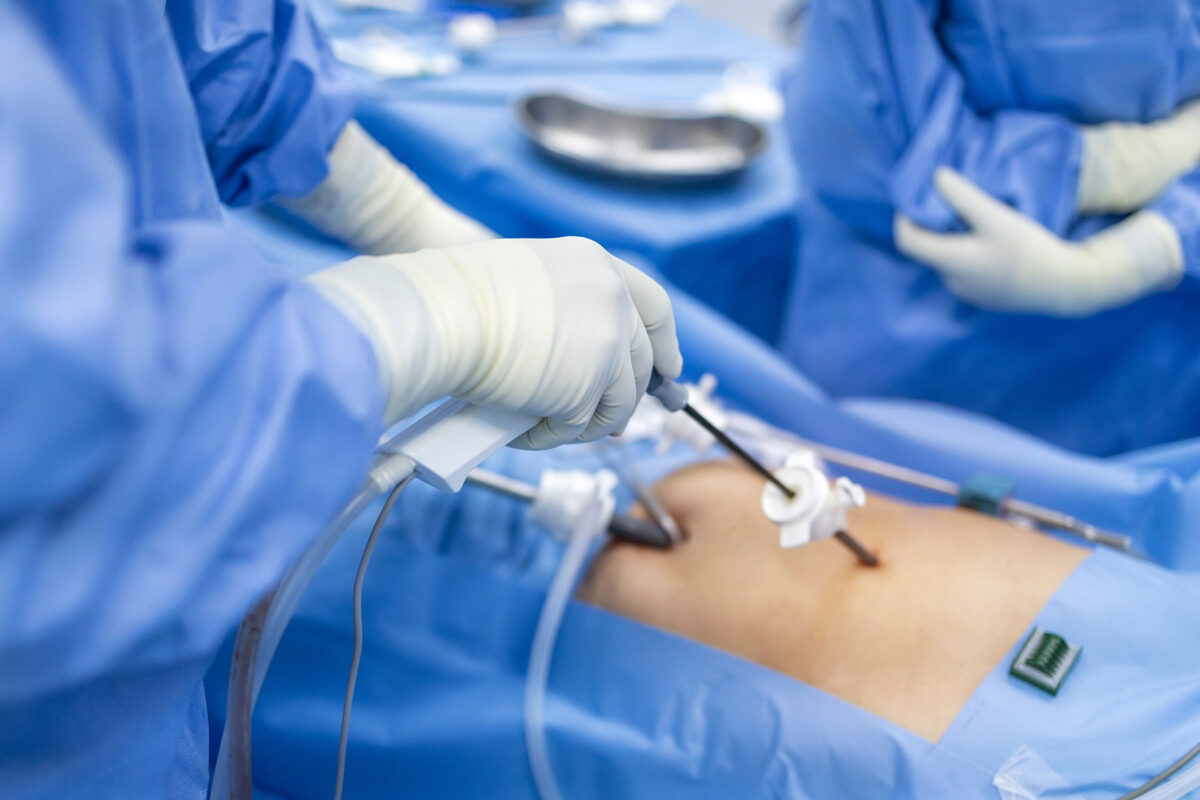

Cholecystectomy, the surgical removal of the gallbladder, stands as a common yet transformative procedure in the realm of digestive health. The gallbladder, a small organ tucked beneath the liver, plays a crucial role in bile storage and release. When gallstones or other issues disrupt its function, cholecystectomy becomes a key intervention to alleviate pain and restore digestive harmony. In this article, we delve into the significance of cholecystectomy, the conditions it addresses, and the impact it has on individuals seeking relief from gallbladder-related complications.


Cholecystectomy, the surgical removal of the gallbladder, stands as a common yet transformative procedure in the realm of digestive health. The gallbladder, a small organ tucked beneath the liver, plays a crucial role in bile storage and release. When gallstones or other issues disrupt its function, cholecystectomy becomes a key intervention to alleviate pain and restore digestive harmony. In this article, we delve into the significance of cholecystectomy, the conditions it addresses, and the impact it has on individuals seeking relief from gallbladder-related complications.
Cholecystectomy
Cholecystectomy: Relieving the Grip of Gallbladder Woes
Understanding the Gallbladder and Its Role:
The gallbladder, often described as a pear-shaped organ, aids in the digestion of fats by storing and releasing bile—a digestive fluid produced by the liver. Bile is essential for emulsifying fats, allowing for their efficient breakdown in the small intestine. However, when the gallbladder becomes plagued by issues such as gallstones or inflammation, it can lead to discomfort, pain, and digestive disturbances.Cholecystectomy:
Indications and Objectives: Cholecystectomy becomes necessary when gallbladder-related conditions compromise an individual’s well-being. The most common indication is the presence of gallstones, which can obstruct the flow of bile, causing pain, nausea, and inflammation. Additionally, conditions like gallbladder inflammation (cholecystitis) or gallbladder polyps may warrant surgical removal to prevent complications and improve overall digestive health.Surgical Approaches to Cholecystectomy:
Cholecystectomy can be performed through different surgical approaches, with laparoscopic and open procedures being the primary methods. Laparoscopic cholecystectomy involves small incisions and the use of a camera to guide the surgeon in removing the gallbladder with minimal invasiveness. Open cholecystectomy, while less common, may be necessary in certain situations, such as when the gallbladder is severely inflamed or when complications arise during laparoscopic surgery.Benefits and Considerations:
Cholecystectomy offers several benefits, foremost among them being the relief from gallbladder-related symptoms. By removing the gallbladder, the risk of recurrent gallstones and inflammation is eliminated. While the body can adapt to the absence of the gallbladder, adjustments to dietary habits may be necessary to accommodate the continuous flow of bile into the digestive system.Recovery and Postoperative Care:
Recovery from cholecystectomy is typically swift, especially for those undergoing laparoscopic procedures. Patients may experience some discomfort and bloating initially, but this resolves in a short time. Dietary adjustments, such as gradually reintroducing fats into the diet, are often recommended. Most individuals can resume normal activities within a week, with regular follow-up appointments ensuring proper healing and addressing any concerns. Cholecystectomy emerges as a transformative solution for individuals grappling with gallbladder-related complications. Whether prompted by gallstones, inflammation, or other issues, the removal of the gallbladder through surgical intervention allows for the restoration of digestive harmony and a return to a more comfortable and symptom-free life. As with any medical procedure, a thorough consultation with healthcare providers ensures informed decision-making, paving the way for a smoother recovery and improved digestive well-being post-cholecystectomy.Cholecystectomy is a surgical procedure involving the removal of the gallbladder. The gallbladder, a small organ beneath the liver, stores and releases bile to aid in the digestion of fats. This surgery is performed when the gallbladder is affected by conditions such as gallstones, inflammation (cholecystitis), or other issues causing pain, discomfort, and digestive disturbances. Cholecystectomy is aimed at relieving symptoms and improving overall digestive health.
Cholecystectomy can be performed through various surgical approaches, with the two primary methods being laparoscopic and open procedures. Laparoscopic cholecystectomy involves making small incisions and using a camera to guide the surgeon in removing the gallbladder with minimal invasiveness. Open cholecystectomy, less common but necessary in certain situations, requires a larger incision. The choice of approach depends on factors such as the severity of the gallbladder condition and the presence of complications.
Cholecystectomy offers relief from gallbladder-related symptoms by eliminating the risk of recurrent gallstones and inflammation. The removal of the gallbladder does not significantly impact digestion, as the liver continues to produce bile, which is released directly into the small intestine. Patients may need to make dietary adjustments, gradually reintroducing fats into their diet. Recovery is generally swift, and most individuals can resume normal activities within a week. Regular follow-up appointments with healthcare providers ensure proper healing and address any postoperative concerns.
Schedule Your Appointment Now
Begin your journey to a more radiant, confident version of yourself by contacting us today. We recognize that every individual’s path is distinct, and we’re here to support you through yours.

